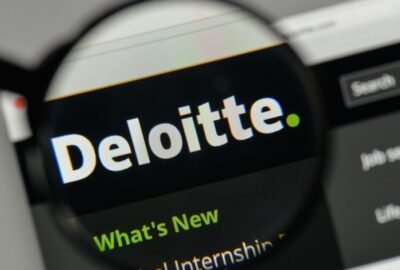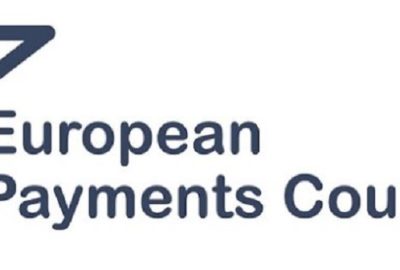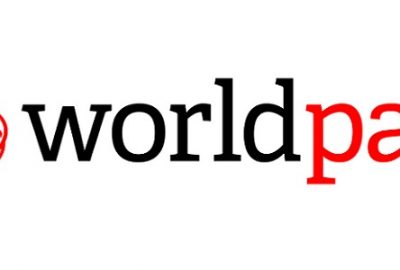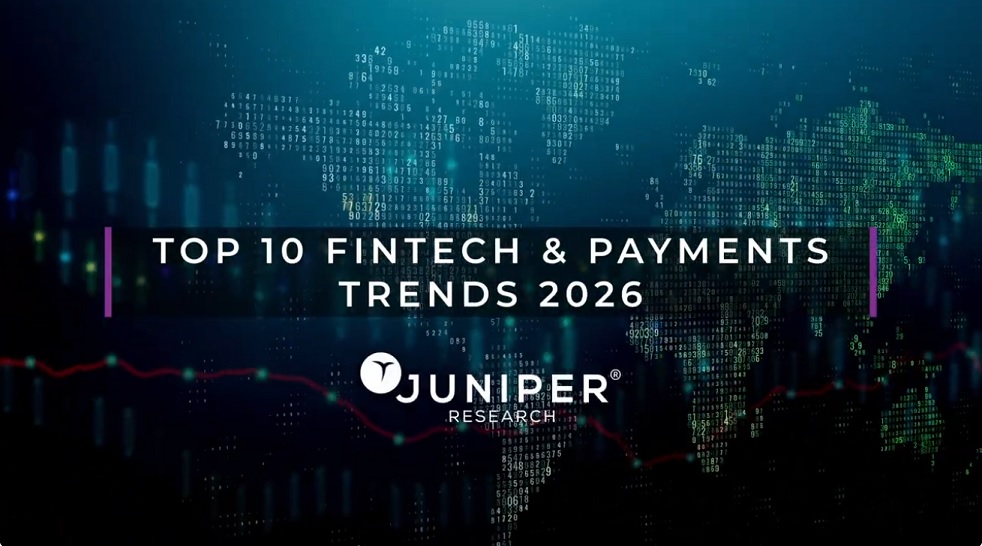The use of Artificial Intelligence in banking: hot trends and top predictions of 2018

 The question for 2018 is not “Why Artificial Intelligence?” but “How Artificial Intelligence?”. In every major industry, AI is approaching a tipping point of widespread adoption. Gartner placed machine learning at the top of the Hype Cycle in late 2016. Since then, organizations everywhere have begun to sort through generalized excitement over this new technology as they seek to implement it.
The question for 2018 is not “Why Artificial Intelligence?” but “How Artificial Intelligence?”. In every major industry, AI is approaching a tipping point of widespread adoption. Gartner placed machine learning at the top of the Hype Cycle in late 2016. Since then, organizations everywhere have begun to sort through generalized excitement over this new technology as they seek to implement it.
For example, consider that within the Feedzai’s industry – AI for banking fraud – 65% of financial institutions told Aite in 2017 that their priority for investment in machine learning for fraud was “very high.” As AI moves from the R&D wing to the corporate roadmap, and as machine learning technology continues to mature, we have the following predictions for 2018.
Prediction No. 1: 2018 is the year of ethical AI
In the evolution of machine learning, we find ourselves in a transition period: post-attainability, but pre-explainability. We have begun to supplement important decisions with AI systems, but we still can’t converse with these systems in a way that lets us understand their logic in human terms.
Yes, we have made great strides in explainability with the development of “whitebox explanations”- the result of a process that traverses AI algorithms and communicates the factors behind its decisions to the human at the end of the machine. Whitebox adds a human-readable semantic layer to the underlying machine logic. However, this is only explainability in its infancy. We are a far way off from machine learning teaching us what’s going on in perfectly human terms.
Before we perfect transparency in AI, how can we bridge the gap? Feedzai Chief Science Officer, Pedro Bizarro, has developed an AI Code of Ethics that seeks to protect the privacy and integrity of client data, to provide human controls at the point of decisions and data provenance, and also to eliminate unjust bias in machine learning models. Feedzai data scientists continue to refine and iterate on this code, and we predict that AI practitioners everywhere will grapple with questions of ethics and AI in 2018.
Prediction No. 2: 2018 is the year of non-disruptive disruption
For example, in 2017, Aite found, that when it comes to the challenge of orchestrating authentication across multiple channels and products, only 10% of financial institutions are using machine learning today. The same survey found that, in two years, the number will grow to a majority of 60%.
We predict that 2018 will represent a tipping point for mainstream adoption of AI technology, even among large organizations who have previously been hesitating until now.
There is a range of reasons why organizations may have been hesitating in „bringing machine learning in.” For example, there are “journey hesitators” who want disruptive technology but without a disruptive journey. These organizations have balked at the unknown complexities around implementing new machine learning technology. Until now, they have feared to embark on a multi-year process without organizational commitment, or they have lacked the necessary resources across the organization.
These concerns rest on common fallacies: disruption will be hard, it can’t be controlled, and it won’t be worth it. But as stakeholders across the organization become “bought in” to the power of machine learning, and as AI technology proves its staying power, we predict that journey hesitators will become adopters and believers. The result is that AI disruption will be thought of as something that can be controlled, as something that can be eased into.
Prediction No. 3: 2018 is the year of augmentation
As AI technology becomes embedded in large organizations and starts delivering real business results, our prediction for AI in 2018 is that it will generate workforce augmentation.
We are not the only ones making this prediction. In a global survey by Deloitte, 41% of companies reported incorporating AI technologies into their workforces. According to another survey of EMEA banks by Deloitte, 91% of surveyed employees said they believe cognitive technology will empower or support employees, rather than replace them.
There are two levers for AI as augmentation. One is removing menial tasks from our plates. For example, a chatbot will take care of the simplest part of a customer service conversation.
Another augmentation lever is driving humans toward harder and more creative work, and make them better at it. For example, at Feedzai, we augment fraud analysts by letting them analyze more scenarios than was possible before. It used to take weeks to analyze emerging fraud patterns, now it happens in real time, in seconds. An additional example: we augment our own data scientists with a new graphic interface tool that has sped up “drill up drill down” data analysis by 600 times. One may find more information about Feedzai’s machine learning platform in our e-book Increasing Fraud Detection by Accelerating Machine Learning.
We imagined a future of flying cars, but what we ended up getting was something even better, and more useful: self-driving cars. The maturation of new technology means creating tangible, useful, and pleasant benefits. AI is not about robots, the Singularity, or science fiction. In 2018, AI is about making humans safer and better.
About Priya Rajan, the author of the article (photo), VP of Marketing at Feedzai
Priya has over 17 years of experience in technology companies with a breadth of expertise in software engineering, strategy, and marketing for both large and medium companies, as well as hyper-growth startups like Nutanix. Priya joined Feedzai in Jan 2016, and heads product and content marketing. Prior to Feedzai, Priya was at Adaptive Insights where she helped spearhead and launch segmentation, messaging and campaign strategies to drive demand.
About Feedzai
Feedzai is coding the future of our digital economy with the most advanced risk management platform, powered by big data and artificial intelligence. Some of the world’s largest organisations use Feedzai’s machine learning technology to manage the risk associated with banking and shopping, whether it’s in person, online, or via mobile devices.
Source: thepaypers.com
Dariusz Mazurkiewicz – CEO at BLIK Polish Payment Standard
Banking 4.0 – „how was the experience for you”
„To be honest I think that Sinaia, your conference, is much better then Davos.”
Many more interesting quotes in the video below:










